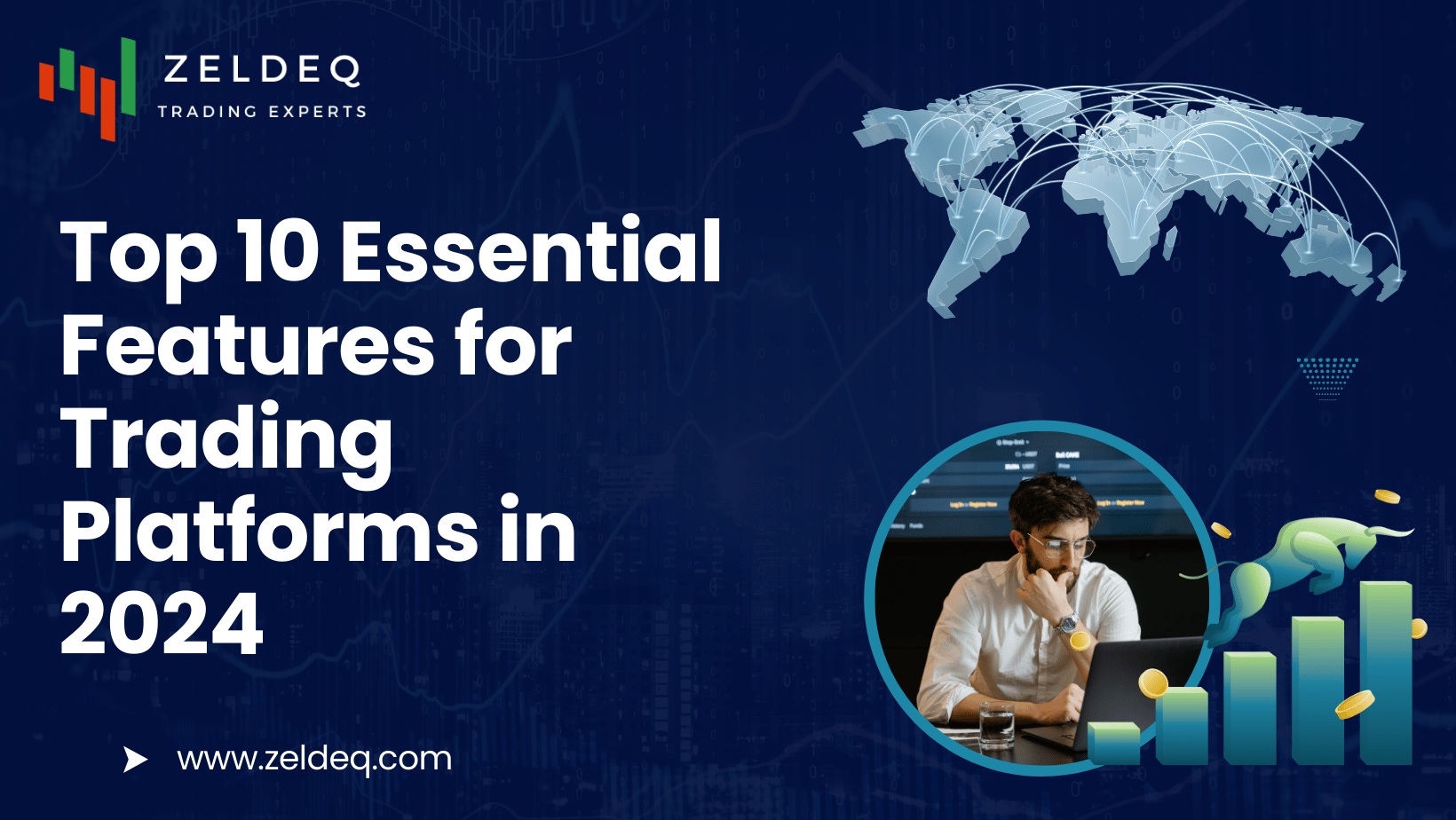Table of Contents
- User-Friendly Interface
- Advanced Charting Tools
- Mobile Accessibility
- Robust Security Measures
- Variety of Order Types
- Educational Resources and Support
- Real-Time Market Data
- Integration with Other Tools
- Customizable Features
- Low Fees and Transparent Pricing
In the fast-paced world of trading, having the right platform can make all the difference between success and failure. As we move into 2024, the landscape of trading platforms continues to evolve, offering new features designed to enhance the trading experience. Here are the top 10 essential features to look for when choosing a trading platform this year.
1. User-Friendly Interface
A user-friendly interface is crucial for both novice and experienced traders. The platform should be intuitive and easy to navigate, allowing users to access tools and features without unnecessary complexity. Look for platforms that offer customizable layouts, drag-and-drop functionalities, and clearly labeled buttons.
A clean and simple interface can reduce the learning curve for new traders, allowing them to make informed decisions quickly.
Example:
Platforms like TD Ameritrade and eToro are known for their user-friendly interfaces, providing seamless experiences for users at all levels. For beginners looking to understand how trading works, check out Understanding How Trading Works: A Beginner’s Guide.
2. Advanced Charting Tools
Advanced charting tools are essential for technical analysis, allowing traders to analyze price movements and trends effectively. Look for platforms that offer:
- Multiple chart types (line, candlestick, bar)
- Technical indicators (moving averages, RSI, MACD)
- Drawing tools for trend lines and Fibonacci retracements
These tools can help traders identify opportunities and make data-driven decisions.
Resources:
For more on charting tools, check out 10 Essential Concepts in Technical Analysis for Beginners.
3. Mobile Accessibility
In today’s fast-paced environment, mobile trading is no longer a luxury but a necessity. Traders should be able to execute trades, monitor their portfolios, and access market data from their smartphones or tablets.
Mobile accessibility ensures that traders can stay connected and make decisions on the go, which is critical in volatile markets.
Example:
Platforms like Robinhood and TradingView offer robust mobile apps that mirror their desktop functionalities. For tips on maximizing market potential, see Trading Hours Uncovered: Maximize Market Potential.
4. Robust Security Measures
Security is paramount in online trading. A reliable trading platform should provide:
- Two-factor authentication (2FA)
- Encryption protocols
- Regular security audits
With the increasing number of cyber threats, having a secure trading environment helps protect your personal and financial information.
Resources:
To learn more about online safety, refer to Cybersecurity & Infrastructure Security Agency.
5. Variety of Order Types
Having access to a variety of order types allows traders to implement different strategies. Essential order types include:
- Market orders
- Limit orders
- Stop-loss orders
- Trailing stop orders
Different order types can help traders manage their risk and enhance their profitability.
Example:
Platforms like Interactive Brokers provide a wide range of order types to cater to various trading strategies. For a deeper understanding of order types, visit Essential Order Types in Trading: A Guide for Beginners.
6. Educational Resources and Support
A great trading platform should not only provide tools but also education. Look for platforms that offer:
- Webinars and tutorials
- Articles and guides
- Customer support via chat, email, or phone
Education and support can empower traders to make informed choices and increase their chances of success.
Resources:
Platforms like OANDA and IG offer extensive educational materials for traders. For essential steps to start trading, check out 10 Essential Steps to Start Trading Successfully in 2024.
7. Real-Time Market Data
Access to real-time market data is crucial for making timely trading decisions. Ensure the platform provides:
- Live quotes
- Market news
- Economic calendars
Real-time information helps traders react quickly to market changes, which is vital in the fast-moving world of trading.
Example:
Bloomberg Terminal is renowned for its comprehensive real-time data and analytics.
8. Integration with Other Tools
A trading platform that integrates with other financial tools can enhance the trading experience. Look for compatibility with:
- Portfolio management software
- Financial news aggregators
- Social trading platforms
Integration allows for a more holistic view of your trading activities and can streamline your processes.
Example:
MetaTrader 4/5 is popular for its integration capabilities with various analytical tools and expert advisors. For more on trading tools, refer to Top 7 Essential Trading Tools for New Investors in 2024.
9. Customizable Features
Customization allows traders to tailor their trading environment to their preferences. Look for features such as:
- Customizable dashboards
- Alerts and notifications
- Personalized watchlists
A personalized platform can enhance focus and improve trading efficiency.
Example:
Platforms like Thinkorswim allow extensive customization options, catering to individual trading styles.
10. Low Fees and Transparent Pricing
Lastly, be mindful of the fees associated with trading. Look for platforms that offer:
- Low commissions
- No hidden fees
- Clear pricing structures
High fees can eat into profits, so it’s important to choose a platform that values transparency and offers competitive pricing.
Resources:
For a comparison of trading fees across platforms, visit Essential Trading Costs and Fees Beginners Should Know.
FAQs
Q: What is the best trading platform for beginners?
A: Platforms like Robinhood and eToro are often recommended for beginners due to their user-friendly interfaces and educational resources.
Q: Are trading platforms secure?
A: Most reputable trading platforms implement strong security measures, such as encryption and two-factor authentication, to protect user data.
Q: How can I choose the right trading platform?
A: Consider your trading style, the features you need, and the fees associated with each platform. It may be helpful to try out different platforms using demo accounts.
Conclusion
Choosing the right trading platform in 2024 is essential for optimizing your trading experience. By focusing on these ten essential features, you’ll be better equipped to make informed decisions and enhance your trading success. Happy trading!


